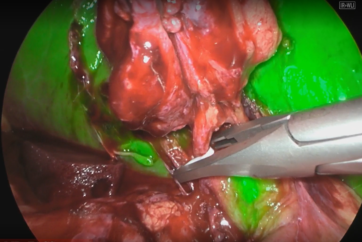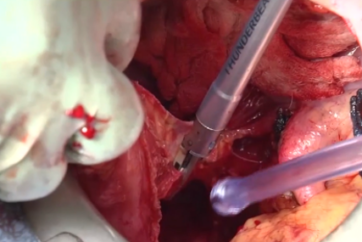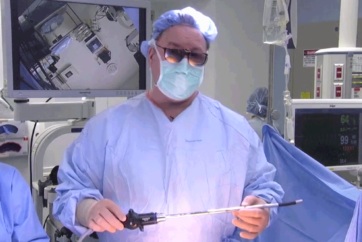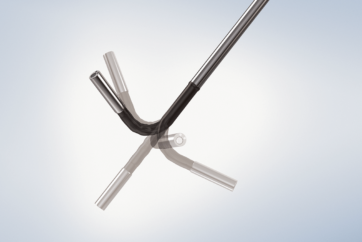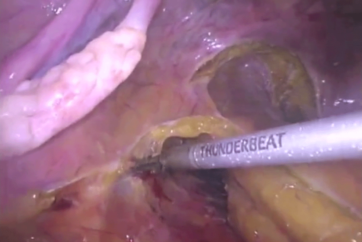Introduction
- The flexible scope and me -
I began laparoscopic colon cancer surgery in 2011 at Kyoto National Hospital (now Kyoto Medical Center), and at that time I used a flexible scope habitually. Since then, it has been my good partner for operation. For this reason, it is not too much to say that my surgical method was an “expert flexible-scope method.” My senior at the time, Dr. Yoshiharu Sakai (currently a professor in the Department of Gastrointestinal Surgery, Kyoto University), and I were impressed by the ability we were given to look into the deep pelvis, and we enjoyed developing, over time, a procedure for laparoscopic colorectal surgery under a more clear understanding of the deep pelvic anatomy. Beginning in 2005, I was brought on board to the Japanese Foundation for Cancer Research (now The Cancer Institute) to establish laparoscopic colon cancer surgery, and had an opportunity to experience a large number of cases. In addition, introduction of the high-definition flexible scope developed by Olympus Medical Systems gave me an even more detailed understanding of the anatomy, which has definitely had a positive effect on surgical techniques. The recognition of “yellow-white boundary” between the mesorectum and the neurovascular bundles is a symbolic improvement. After I was transferred to my current post at Toranomon Hospital in 2010, I have come to use high-definition flexible scopes routinely. In addition, a 3D flexible videoscope developed by Olympus Medical Systems has now become available on the market. I had a chance to try this 3D scope at the phase of its development and was fortunate to use a brand-new 3D scope just after its launch. Provided herein is an overview, along with intraoperative photos, of dissection around the rectum during low anterior resection performed with a 3D flexible videoscope. Included are our experiences using THUNDERBEAT, which was developed at the same time.
Instruments used

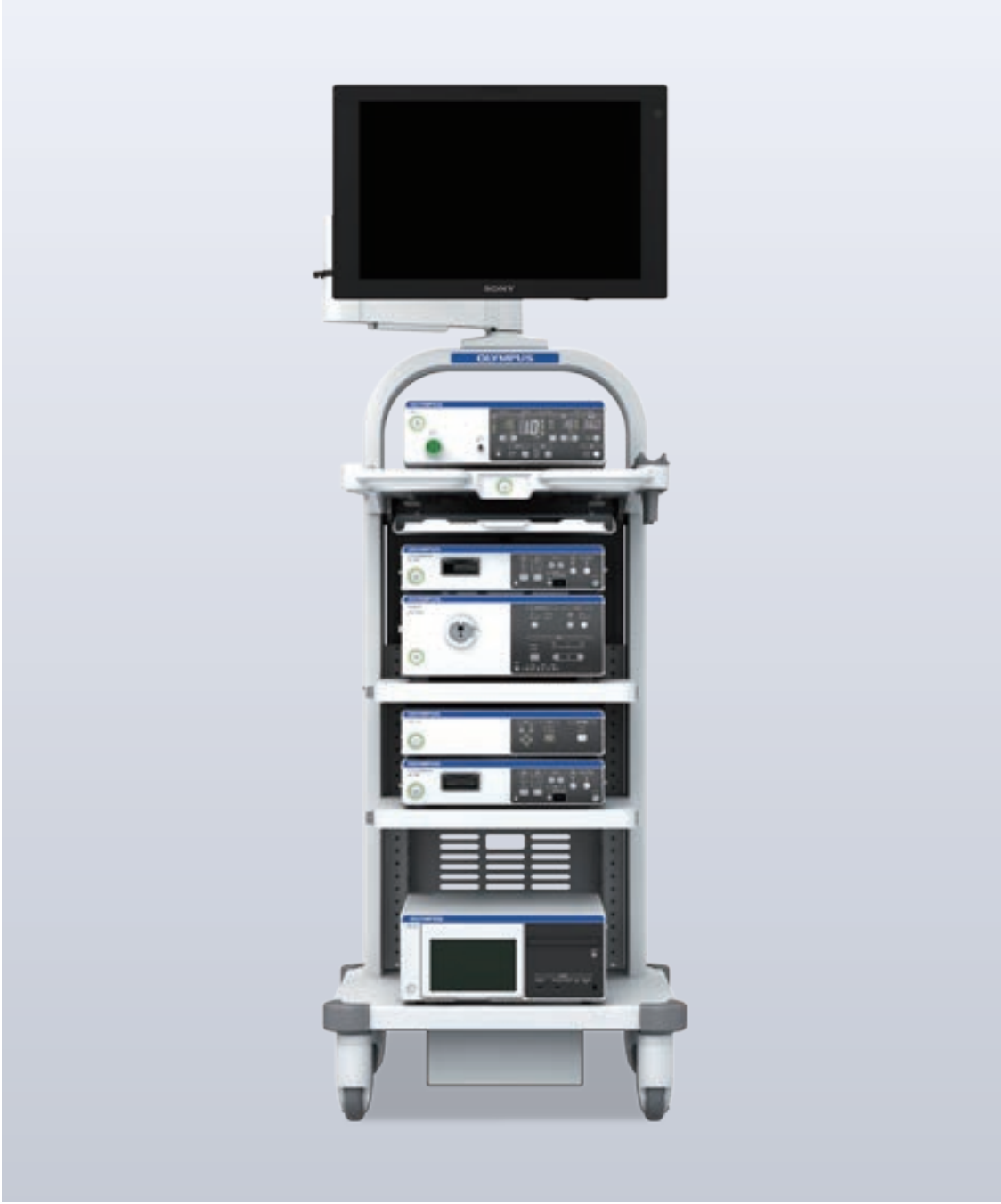
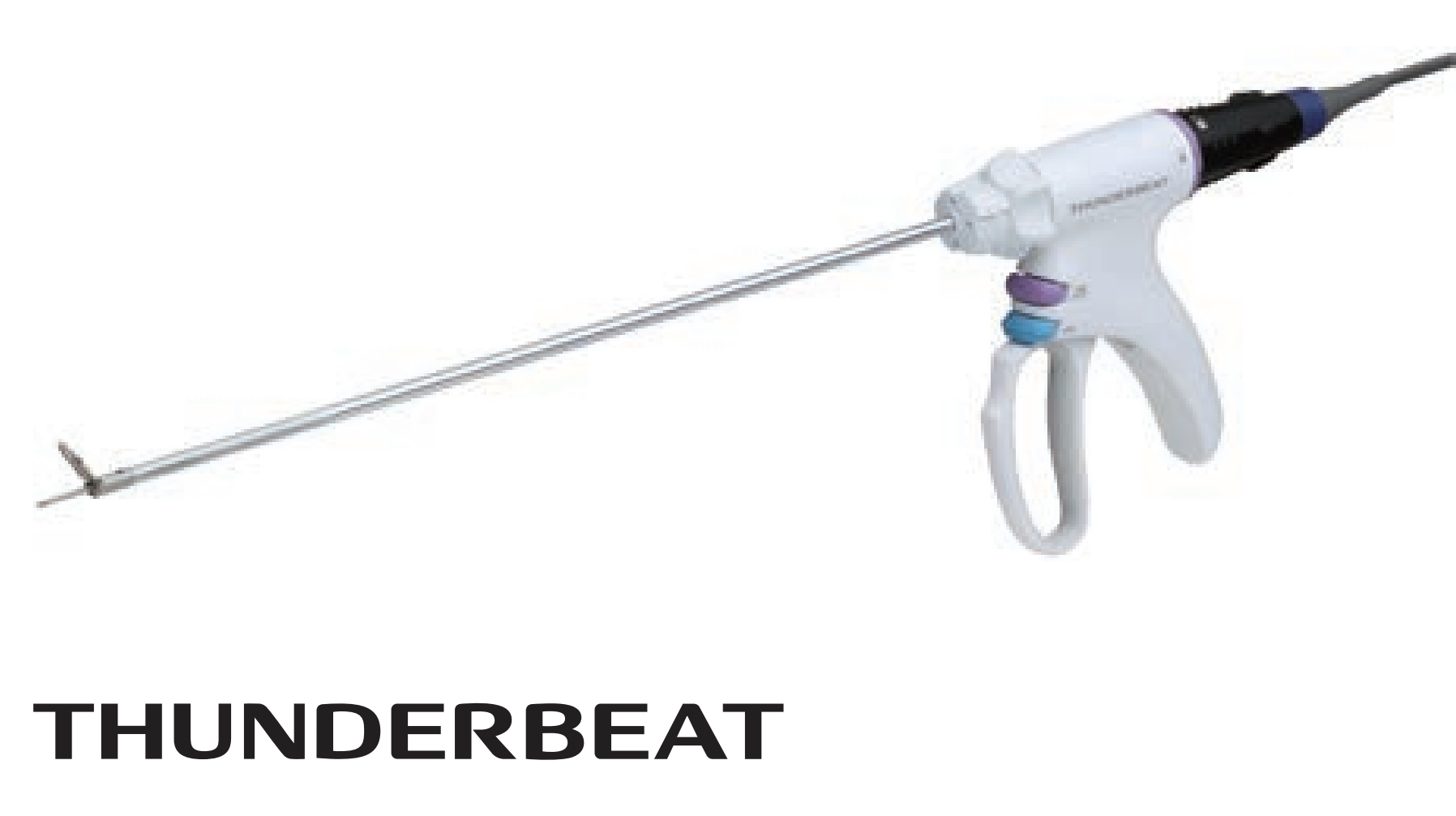

- Keyword
- Content Type


